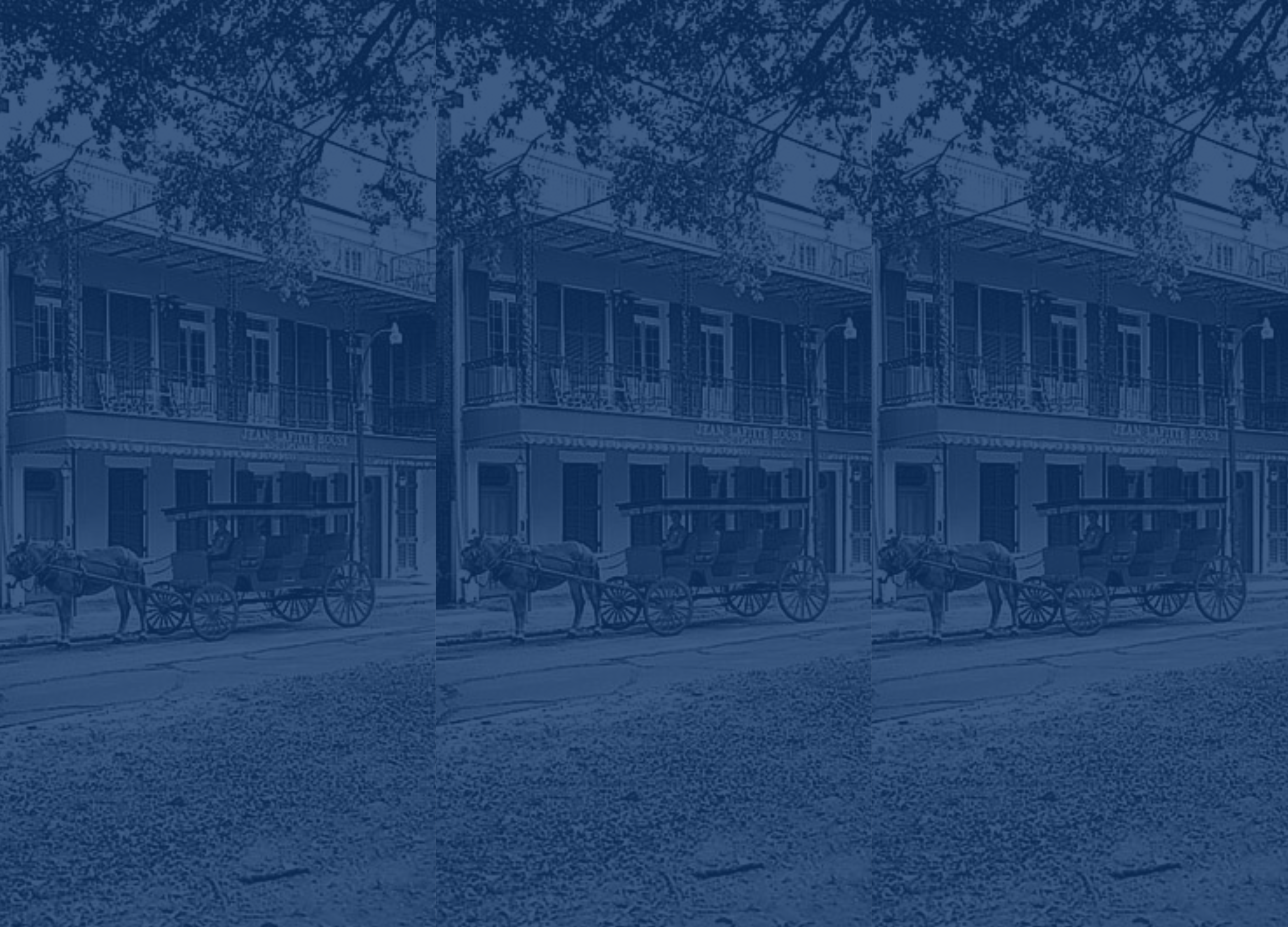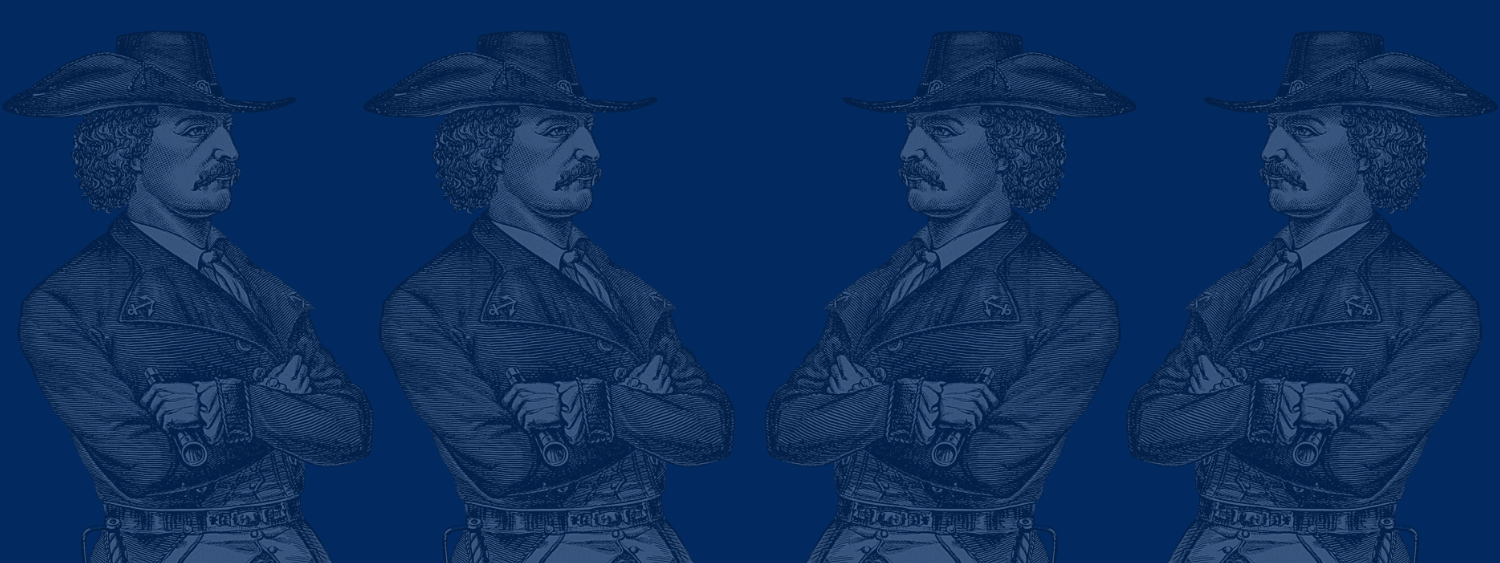
Built in 1817. Established in 1984.
Jean Lafitte. The Pirate Who “Saved America”
Jean Lafitte, one of the most famous American pirates established a “pirate kingdom” in New Orleans and in the Gulf of Mexico in the early 19th century. Lafitte is infamous for interrupting his illicit adventures and smuggling activities to fight rather heroically for the United States in defense of New Orleans during the War of 1812. His force of ~1,000 men was stronger than any of the US Navy at that time, so Lafitte offered to help Gen. Andrew Jackson’s hard-pressed forces, with the condition that he and his men be given a pardon. Jackson made the deal, and the pirate’s team indeed helped “Save America"“ in the Battle of New Orleans. Although Lafitte claimed a valid privateering license, making his maritime attacks technically legal —He was pardoned for his crimes and his ships returned after the war— as the country was indebted to him.
The History of Pirates in New Orleans
The history of pirates in New Orleans is a long-standing one. The French Crown was notorious for leaving its colonists to their own devises, and the colonists—well, they learned to fend for themselves. Smuggling and piracy became all too common within New Orleans, and it’s possible that Esplanade Avenue might have functioned as a smuggling route for trading merchants seeking to go north from the Mississippi River to Lake Pontchartrain. Some proof exists that 613 Esplanade was once Jean Lafitte’s Captain’s Quarters, perhaps even for the equally as legendary Rene Baluche, and it comes in the form of the underground archaeology of the house itself.
An Underground Passage by the Pool.
In 1984, Jean Lafitte house hired contractors to install a below-ground pool in the private courtyard. Digging in historic ground always turns up interesting finds. As construction of the pool at the Jean Lafitte House began, the contractors discovered an underground passage that ran parallel with the guest house and the Avenue. Could this tunnel have been used as an ultra-secretive underground smuggling route? What else would this tunnel have been used for? One can ponder on that question as we move onto the next piece of the puzzle… Something was hidden in the walls.

Embrace the Past at Jean Lafitte House.
Did you Know? Proof exists that, our location, 613 Esplanade, was built in 1809 by Jean Lafitte's Captain, Rene Beluche, using brick and planks from ships?! The property was once Jean Lafitte’s Captain’s Quarters, hence our name, Jean Lafitte House.
If Our Walls Could Talk…
In the early colonization period of New Orleans, it wasn’t all that uncommon for incomers to sail down the Mississippi River and realize that they had no hope of ever sailing against the current to return to wherever they had come from. Realizing that their options were limited, many sailors chose to disembark from their flat-wooden boats and sell the lumbar for quick cash. The boat wood was then re-manufactured into timber to build houses or whatever else the colonists might have required at the time, including banquettes or sidewalks. During the renovation, when we peeled back our plasterwork, we unearthed old ship wood likely dating to the late eighteenth and early nineteenth centuries. Some still retained part of the bolts to hold the ship together, and most still had their original nails. The ceiling all on its own was a work of art, where the wooden beams appeared similar to the ceilings onboard ships.
The Spirits of Jean Lafitte
A building and property steeped in such history is sure to have some leftover spirits. Proof exists that, our location, 613 Esplanade, was built in 1817 by Jean Lafitte's Captain, Rene Beluche, using brick and planks from ships. The history presents itself in obvious ways, through the old beams of the buildings, to the underground passages that were once thought to be used by pirates. Walking our property, it’s easy to imagine the hotel when it was the gathering place for those who joined Jean Lafitte for his banquets, celebrating the bounties of their labor.
The Woman in White & Ghostly Parties.
The Woman in White is seen on the property’s street-side window, dressed in a flowing and ethereal white gown. Her spirit is known to huddle in the corner of a side room which overlooks the courtyard. She is silent, floating around the property without a word. Employees and guests alike have come across the mysterious woman, and while her identity is unknown, she is surely an integral piece of the spirits of the Jean Lafitte House.
One of the most commonly reported occurrences is that of unexplained noises, almost as if a huge party is occurring outside in the courtyard. Conversations and heated discussions are common, and guests have even woken up out of a dead sleep to check the street only to see no one below.

Travel Back in Time at Jean Lafitte House.
The historical significance of the Jean Lafitte House is fascinating. Walking our property, it’s easy to imagine the hotel when it was the gathering place for those who joined Jean Lafitte for his banquets, celebrating the bounties of their labor.







